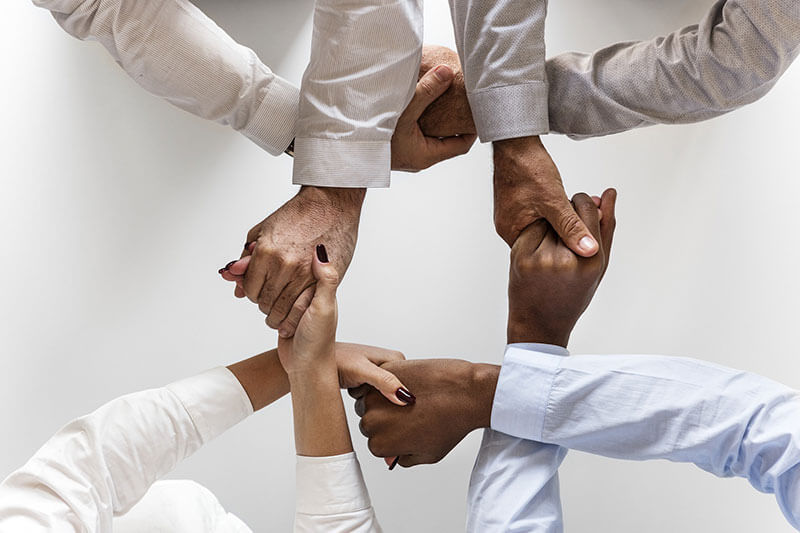Understanding, Embracing, and Utilizing the Power of Differences in Your Talent Pool

In today’s workplace, one of the greatest assets any business can leverage isn’t just technology or processes, it’s people. More specifically, it’s the differences among those people. When organizations truly understand, embrace, and harness the power of diverse talents, they unlock creativity, strengthen collaboration, and drive innovation that simply wouldn’t exist in a one-size-fits-all team.
Understanding Differences in Talent
Every team is made up of unique individuals who bring varied experiences, skills, and perspectives. These differences might come from cultural backgrounds, professional experiences, learning styles, or even personality traits. Recognizing that these differences exist, and that they have value is the first step. Instead of expecting everyone to think and act alike, leaders can ask: What does each person bring to the table that strengthens us as a whole? It is critical to understand your teams’ strengths and weaknesses to partner them up to set them up to succeed.
Embracing Differences with Intention
Understanding alone isn’t enough. Embracing differences means actively welcoming them. This looks like creating an environment where employees feel comfortable voicing their opinions, even when they differ from the majority. It means celebrating a variety of working styles, whether someone thrives on detailed planning or fast brainstorming. It also requires leaders to model respect and curiosity, showing that differences aren’t barriers; they’re opportunities for growth. What if one of your employees is proven to be more productive working from home, wouldn’t you want that productivity rather than the oversight of their physical being?
Utilizing Differences as Strengths
The real magic happens when differences are put to work. Teams that intentionally utilize varied talents are more adaptable and innovative. For example:
- A detail-oriented employee may catch potential risks others overlook.
- A visionary thinker may see new opportunities that spark growth.
- A communicator may bridge gaps between technical experts and clients.
By aligning projects with people’s strengths and encouraging cross-collaboration, leaders can turn differences into measurable results, higher productivity, more engaged employees, and stronger client relationships. As a leader, you need to show how your experiences cross-collaborating, even just brainstorming with others, can lead to great things far exceeding what one imagination can do.
Why This Matters Now
In a competitive and fast-changing market, businesses can’t afford to leave potential untapped. Clients and customers expect fresh ideas, flexible problem-solving, and empathetic service. A team that mirrors those expectations by drawing from a wide range of perspectives will always have an edge.
In today’s workplace, one of the greatest assets any business can leverage isn’t just technology or processes, it’s people. More specifically, it’s the differences among those people. When organizations truly understand, embrace, and harness the power of diverse talents, they unlock creativity, strengthen collaboration, and drive innovation that simply wouldn’t exist in a one-size-fits-all team.
Understanding Differences in Talent
Every team is made up of unique individuals who bring varied experiences, skills, and perspectives. These differences might come from cultural backgrounds, professional experiences, learning styles, or even personality traits. Recognizing that these differences exist and that they have value is the first step. Instead of expecting everyone to think and act alike, leaders can ask: What does each person bring to the table that strengthens us as a whole?
Embracing Differences with Intention
Understanding alone isn’t enough. Embracing differences means actively welcoming them. This looks like creating an environment where employees feel comfortable voicing their opinions, even when they differ from the majority. It means celebrating a variety of working styles, whether someone thrives on detailed planning or fast brainstorming. It also requires leaders to model respect and curiosity, showing that differences aren’t barriers; they’re opportunities.
Utilizing Differences as Strengths
The real magic happens when differences are put to work. Teams that intentionally utilize varied talents are more adaptable and innovative. For example:
- A detail-oriented employee may catch potential risks others overlook.
- A visionary thinker may see new opportunities that spark growth.
- A communicator may bridge gaps between technical experts and clients.
By aligning projects with people’s strengths and encouraging cross-collaboration, leaders can turn differences into measurable results, higher productivity, more engaged employees, and stronger client relationships.
Why This Matters Now
In a competitive and fast-changing market, businesses can’t afford to leave potential untapped. Clients and customers expect fresh ideas, flexible problem-solving, and empathetic service. A team that mirrors those expectations by drawing from a wide range of perspectives will always have an edge.
